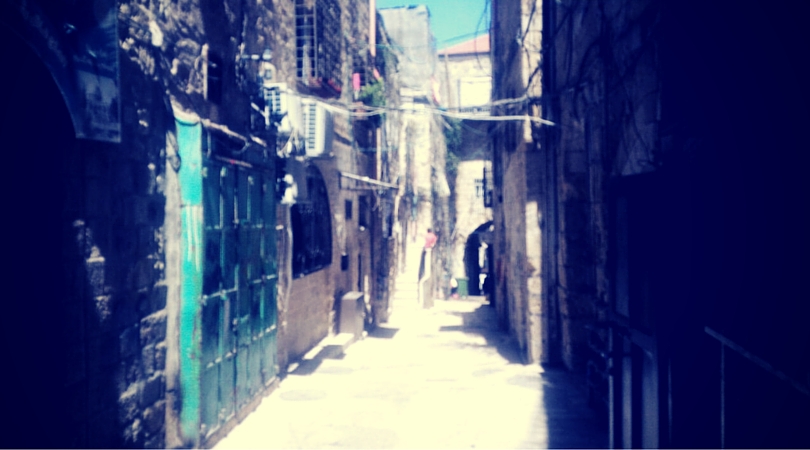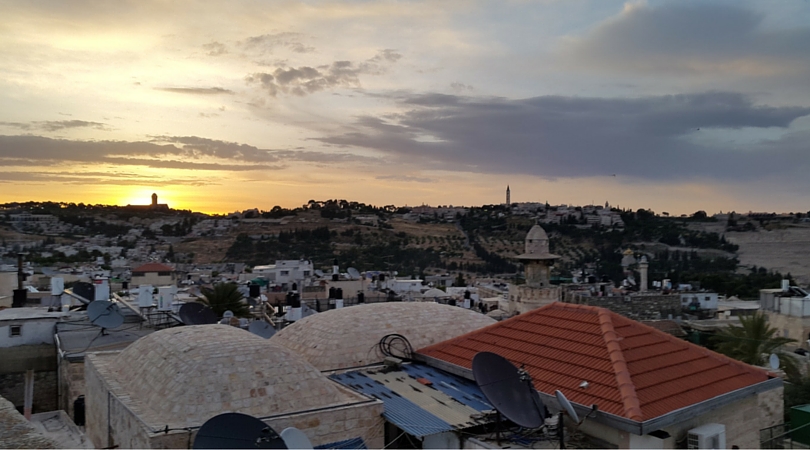Jerusalem, home to the Jewish nation for more than 2,000 years, is seeing a historic trend of Jews claiming ownership in its neighborhoods. We are all familiar with Jews living in the Jerusalem neighborhoods we normally visit. However, there are many brave Jews that take ownership of properties in dominantly Arab neighborhoods. They are taking the initiative to reclaim the land that rightfully belongs to them.
Buying property from Arabs is no easy task. According to the Palestinian Authority, selling land to a Jew is a crime, punishable by death. Hence, there is a conscious fear of selling land to Jews.
Ateret Cohanim, a non-profit organization located in Jerusalem, helps find and buy land from Arabs while protecting the Arabs from getting caught for their “crime.” Ateret Cohanim is responsible for the flourishing Jewish presence in the Muslim Quarter in the Old City of Jerusalem, the Village of Shiloach (Kfar Hateimanim) and Kidmat Zion (Abu Dis).
According to Jerusalem city councilman Aryeh King in an interview with Arutz Sheva, “more and more Arabs are offering properties for sale. Because of that the cost of properties that Arabs are selling is dropping and we are able to buy in areas that we never thought to buy.” It seems the Arabs are less hesitant to see to Jews nowadays. “There is a big wave of new Arabs who are offering properties, and we don’t have enough money to buy all of the properties that are being offered.”
When asked whether it is really possible to reclaim a majority of Jerusalem land, Ben Packer of the Jerusalem Heritage House replied, “We see this is true right now, but can’t know what will be in the future. Now is the time to buy!”







![bottles-redemption-862×431[1]](https://israelrising.com/wp-content/uploads/2015/11/bottles-redemption-862x4311.png)